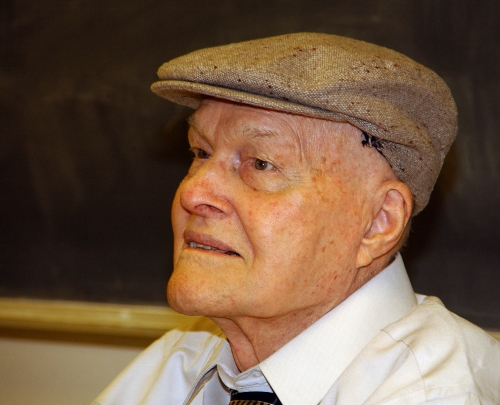- Author: Kathy Keatley Garvey
"Ento-what?" some folks will ask. "What's that?"
Five-year-old Rebecca Jean "RJ" Millena could have told you.
She still can.
When she entered kindergarten in Concord, Calif., RJ penciled this on her "About Me" poster: "When I grow up, I want to be an entomologist."
To the amazement of her teacher and classmates, she even knew how to spell the five-syllable word referring to "the scientific study of insects."
Fast forward to today. She's 22, a senior majoring in entomology at the University of California, Davis, and an outstanding student researcher in the laboratory of UC Davis Distinguished Professor Jay Rosenheim of the Department of Entomology and Nematology.
And she's just accepted a four-year, full-ride fellowship offer to complete a doctoral program at the American Museum of Natural History. She will join the systematics laboratory of Dr. Jessica Ware after receiving her bachelor's degree from UC Davis in June.
In 2019, RJ was one of four UC Davis undergraduates selected for a two-year funded research career with the University of California Leadership Excellence through Advanced Degrees (UC LEADS) program, which prepares promising students for advanced education in science, technology, mathematics and engineering (STEM). The UC LEADS scholars embark upon a two-year program of scientific research and graduate school preparation.
Guided by Rosenheim, RJ launched her independent research project on those bizarre Strepsiptera endoparasites that attack their hosts, the Ammophila (thread-waisted) wasps.
RJ says that “being able to work with Jay on this project investigating the host-parasite relationship between Ammophila wasps and Strepsiptera was what made me fall in love with this super weird order of endoparasites." As larvae, members of the order Strepsiptera, known as “twisted wings,” enter their hosts, including wasps and bees, through joints or sutures.
Over a two-year period, she studied thousands of specimens at the Bohart Museum of Entomology. The UC Davis insect museum houses a worldwide collection of eight million specimens, including “about 30,000 specimens of Ammophila from multiple continents,” says director Lynn Kimsey, UC Davis professor of entomology. Global wasp authority and UC Davis doctoral alumnus Arnold Menke, author of the book, The Ammophila of North and Central America (Hymenoptera, Sphecidae), identified most of the Ammophila specimens in the Bohart Museum. His book is considered "the bible" of Ammophila research.
RJ went on to enter a poster, “Parental Care and the Risk of Maternally Vectored Pathogens: Ammophila Transmit Strepsipteran Parasites to Their Young,” in the March 2021 Koret UC LEADS Symposium poster competition and won top honors.
A dean's honor student with multiple interests, RJ plays French horn and trumpet in the UC Davis Video Game Orchestra. She performed two years with the California Aggie Marching Band-Uh. In her Davis apartment she tends to a colony of Madagascar hissing cockroaches, a scorpion, a tarantula, a tailless whip scorpion, and an African cat-eye mantis. “Over the last four years at UC Davis, I've had a colony of millipedes, two other tarantulas, a giant Vietnamese centipede, and five other assorted mantis species. The five-year-old me would also be thrilled about that.”
But back to what children want to be when they grow up. Usually they say cowboy, truck driver, cook, teacher, dancer, actor, musician, artist, athlete, firefighter, detective, writer, police officer, astronaut, pilot, veterinarian, lawyer, doctor and the like.
But rarely "entomologist."
RJ's highly contagious enthusiasm toward the scientific study of insects serves as a definite role model to young girls aspiring to careers in STEM. Women make up only 28 percent of the workforce in STEM, according to the American Association of University Women. RJ is closing the gender gap.
'I Wanna Be an Entomologist'
Back in 2011, we were delighted to see UC Davis Regents Scholar Heather Wilson, a researcher/lab technician in the Frank Zalom laboratory, UC Davis Department of Entomology and Nematology, create a fun-filled, innovative video, "I Wanna Be an Entomologist," a take-off of "I Wanna Be a Billionaire" from Travie McCoy's Lazarus album.
Heather entered her project in an Entomological Society of America (ESA) contest and won honorable mention.
In her video, she runs with an insect net, counts bugs in the Zalom lab, watches bees in a hive, and visits the Bohart Museum. At the Bohart, she hugs a display of butterflies and cradles a rose-haired tarantula and Madagascar hissing cockroach from its live "petting zoo."
"I wanna be an entomologist, so freakin' bad," Wilson sings. "I wanna be on the cover of Economic Entomology, smiling next to Frank and Jim Carey..."
"Frank and Jim" are Frank Zalom and James R. Carey, UC Davis distinguished professors in the Department of Entomology and Nematology. Zalom is a past president of the 7000-member ESA, and both were selected ESA Fellows.
Watch Heather Wilson's video at https://youtu.be/rwNbbJgXNXA and you'll probably decide being an entomologist sounds much more fun than being a billionaire. Who wants to be a billionaire, anyway? Let's go check out the insects!
The entomology line forms over there...don't crowd and don't cut in.

- Author: Kathy Keatley Garvey
A member of the UC Davis faculty since 1980, Hammock received his doctorate in entomology and toxicology from UC Berkeley, where he studied insect science. He now devotes his research to human health.
What many people do not know, however, is that he began his career studying how caterpillars turn into butterflies.
That morphed into human health research.
“The work led to the discovery that many regulatory molecules are controlled as much by degradation and biosynthesis,” Hammock related. “The epoxy fatty acids control blood pressure, fibrosis, immunity, tissue growth, pain and inflammation to name a few processes.”
Fast forward to today.
An enzyme inhibitor developed in the Hammock lab and tested in mice by a team of international researchers shows promise that it could lead to a drug to prevent or reduce the disabilities associated with the neurodevelopmental disorders of autism and schizophrenia.
What the Inhibitor Did
"We discovered that soluble epoxide hydrolase (sEH) plays a key role in inflammation associated with neurodevelopmental disorders. Inhibiting that enzyme stops the inflammation and the development of autism-like and schizophrenia-like symptoms in animal models,” said collaborator Kenji Hashimoto, a professor with the Chiba University Center for Forensic Mental Health, Japan. The scientists found higher levels of sEH in a key region of the brain—the prefrontal cortex of juvenile offspring-- after maternal immune activation (MIA).

The news embargo lifted today (March 18) on their research, to appear in the Proceedings of the National Academy of Sciences (PNAS). (Link will be here: https://www.pnas.org/cgi/doi/10.1073/pnas.1819234116.) It's the work of 14 researchers from Chiba University Center for Forensic Mental Health; the Laboratory for Molecular Psychiatry, RIKEN Center for Brain Science, in Wako, Saitama, Japan; and the Hammock laboratory.
Reversed Cognitive and Sciatl Interaction Deficiencies
By inhibiting sEH, the researchers reversed cognitive and social interaction deficiencies in the mice pups. They hypothesize that this is due to increasing natural chemicals, which prevent brain inflammation. In people, this could reduce the disabilities associated with autism, such as anxiety, gastrointestinal disturbances and epilepsy.
Earlier studies have indicated a genetic disposition to the disorders. The team also studied postmortem brain samples from autism patients that confirmed the alterations.
“In the case of both autism and schizophrenia, the epidemiology suggests that both genetics and environment are contributing factors,” said neuroscientist and associate professor Amy Ramsey of the Department of Pharmacology and Toxicology, University of Toronto, who was not involved in the study. “In both cases, maternal infection is a risk factor that might tip the scales for a fetus with a genetic vulnerability. This study is important because it shows that their drug can effectively prevent some of the negative outcomes that occur with prenatal infections. While there are many studies that must be done to ensure its safe use in pregnant women, it could mitigate the neurological impacts of infection during pregnancy.”
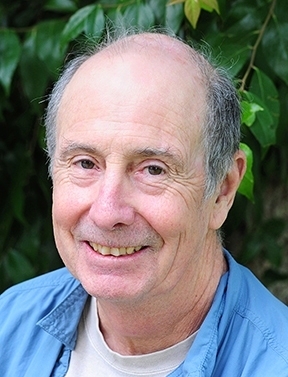
Neuroscientist Lawrence David, professor and chair of the School of Public Health, University of Albany, N.Y., who was not involved in the research, said that the study might lead to “an important therapeutic intervention for neurodevelopment disorders.”
“There is increasing evidence that maternal immune activation activities (MIA) during fetal development can lead to aberrant neurobehaviors, including autistic-like activities,” said Lawrence, who studies neuroimmunology and immunotoxicology. The study “suggests that enzymatic control of fatty acid metabolism is implicated in neuroinflammation associated with schizophrenia and autism spectrum disorders. The expression of Ephx2 giving rise to soluble epoxide hydrolase (sEH) influences production of fatty acid metabolites, which elevate inflammation in the experimental model of mice after MIA; the sEH inhibitor TPPU (N-[1-(1-oxopropyl)-4-piperidinyl]-N'-[4-(trifluoromethoxy)phenyl)-urea) was postnatally used to improved behaviors. Analysis of cadaver brains from individuals with ASD also expressed increased sEH. Fatty acid metabolites have been known to affect fetal development, especially that of the brain; therefore, TPPU might be an important therapeutic intervention for neurodevelopmental disorders.”
Molecular bioscientist Isaac Pessah of the UC Davis School of Veterinary Medicine, distinguished professor and associate dean of research and graduate education in the Department of Molecular Biosciences, described the findings as “significant” and called for more detailed and expanded studies.
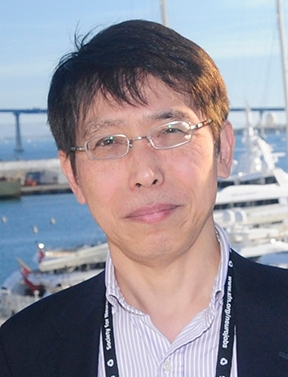
Autism: 1 of 68 Children
The Center for Disease Control and Prevention (CDC) estimates that 1 in 68 children in the United States have autism, commonly diagnosed around age 3. It is four times more common in boys than girls. CDC defines autism spectrum disorder as a “developmental disability that can cause significant social, communication and behavioral challenges.” The disorder impairs the ability to communicate and interact.
Schizophrenia: 1.2 Percent of Population
Approximately 3.5 million people or 1.2 percent of the population in the United States are diagnosed with schizophrenia, one of the leading causes of disability, according to the Schizophrenia and Related Disorders Alliance of America (SARDAA). Scores more go unreported. Approximately three-quarters of persons with schizophrenia develop the illness between 16 and 25 years of age. Statistics also show that between one-third and one half of all homeless adults have schizophrenia, and 50 percent of people diagnosed have received no treatment. Among the symptoms: delusions, hallucinations, disorganized speech, disorganized or catatonic behavior, and obsessive-compulsive disorders, such as hoarding, according to SARDAA.
In their research paper, titled “Key Role of Soluble Epoxide Hydrolase in the Neurodevelopmental Disorders of Offspring After Maternal Immune Activation,” the scientists described sEH as “a promising prophylactic or therapeutic target for neurodevelopmental disorders in offspring after MIA.”
First author Min Ma and second Qian Ren of the Hashimoto lab conducted the animal and biochemical work, while chemists Jun Yang and Sung Hee Hwang of the Hammock lab performed the chemistry and analytical chemistry. Takeo Yoshikawa, a team leader with the RIKEN's Molecular Psychiatry Laboratory, performed measurements of gene expression in the neurospheres from iPSC (induced pluripotent stem cells) from schizophrenia patients and postmortem brain samples from autism patients.
Exciting and Productive
Hashimoto described the international collaboration as “exciting and productive.” This is their third PNAS paper in a series leading to endoplasmic reticulum stress. “We report discovery of a biochemical axis that leads to multiple neurological disorders, including depression, Parkinson's disease, schizophrenia, autism spectrum disorders and similar diseases,” he said.
William Schmidt, vice president of clinical development at EicOsis, a Davis-based company developing inhibitors to sEH to treat unmet medical needs in humans and companion animals, said the company is developing a first-in-class therapy for neuropathic and inflammatory pain. “EicOsis is in the process of finalizing our first human trials on the inhibitors of the soluble epoxide hydrolase, originally reported from UC Davis,” Schmidt said. “We are targeting the compounds as opioid replacements to treat peripheral neuropathic pain. It is exciting that the same compound series may be used to prevent or treat diseases of the central nervous system.”
Several grants from the National Institutes of Health, awarded to Hammock, supported the research. Hammock praised the many collaborators and students he has worked with on the project. “This work illustrates the value of research universities in bringing together the diverse talent needed to address complex problems,” Hammock said. “It also illustrates the value of fundamental science. This autism research can be traced directly to the fundamental question of how caterpillars turn into butterflies.”
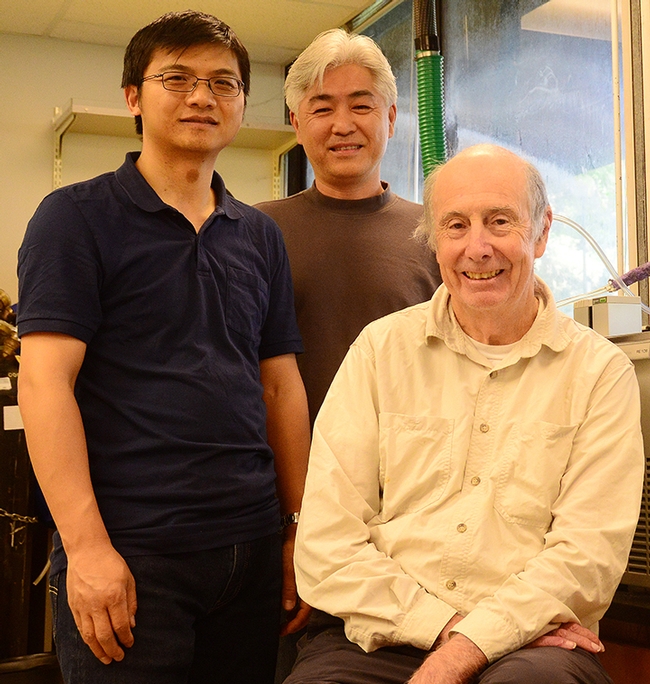
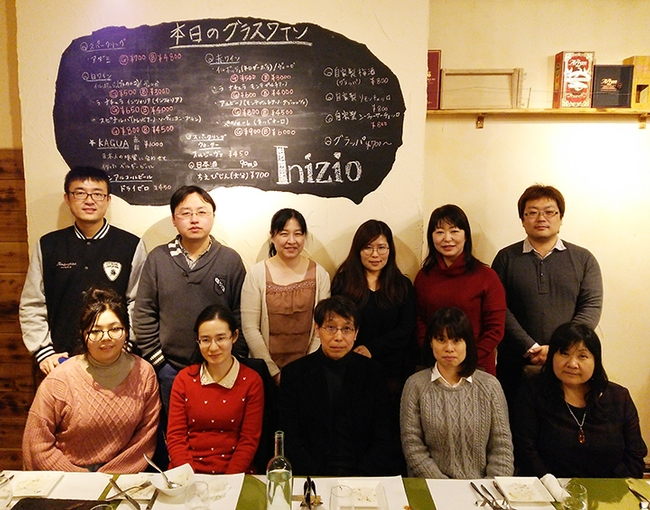
- Author: Kathy Keatley Garvey
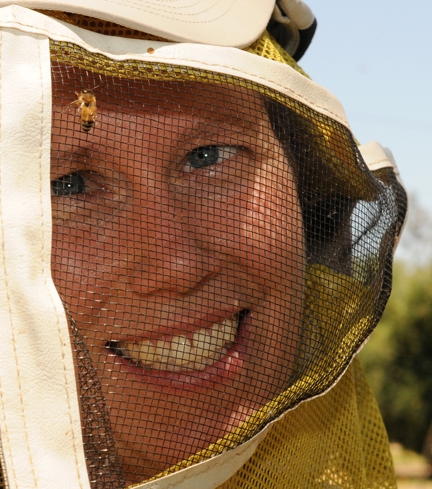
The UC Davis Bohart Museum of Entomology is again sponsoring two summer Bio Boot Camps: one for youths entering the seventh, eighth or ninth grade this fall, and one for youths entering grades 10 through 12 this fall.
"The camps focus on insect science and wildlife biology, due to our partnership with the UC Davis Museum of Wildlife and Fish Biology," said camp coordinator Tabatha Yang, the Bohart Musuem's education and outreach coordinator.
The Bio Boot Camp, the seventh annual camp for middle school students, will take place Monday-Friday, June 19-23. It's based in Davis, but Thursday night features an overnight stay at the UC Berkeley's Sagehen Field Station, near Truckee. The total cost, including meals and housing, is $425.
Bio Boot Camp 2.0, the fifth annual camp for high schoolers, is set July 23 to 29. They will spend one night at UC Berkeley's Quail Ridge Reserve, near Winters. "The next day will be spent exploring UC Davis and the museums," Yang said. "Then Monday night through Saturday morning, the camp is at the Sagehen Field Station where the youths will be developing mini research projects." The total cost, including meals and housing, is $795.

Pre-enrollments take place January through March, and the campers are selected for formal enrollment in early April. "We do this to select the most genuinely interested campers," Yang explained. The process is already under way: the first application came from Germany.
Enrollment is kept low to provide quality experiences. The middle-school camp is limited to 12 students and the high school camp, to 10. Each camp has two instructors. The Bohart Museum Society sponsors need-based partial scholarships for several campers each year.
For more information, access the website at http://bohart.ucdavis.edu/summer-camp. Yang can be reached at at tabyang@ucdavis.edu or (530) 752-0493.
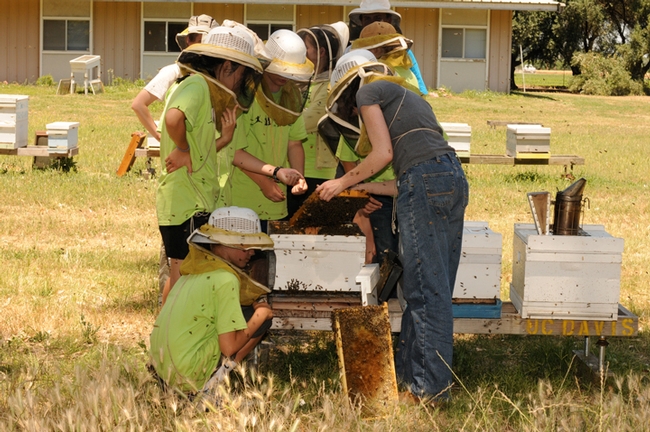
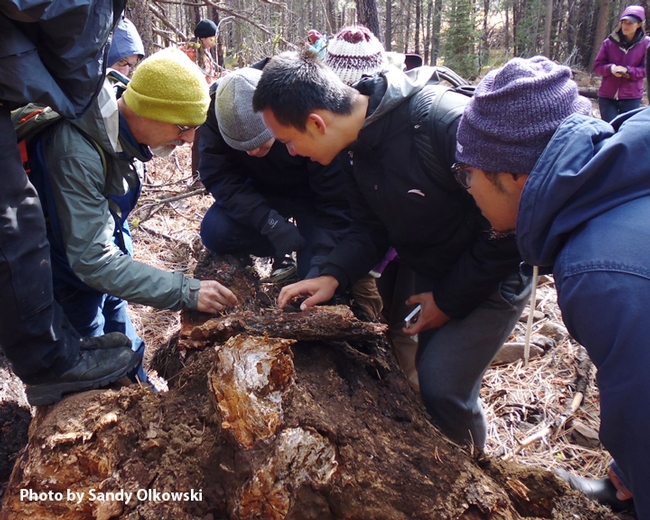
- Author: Kathy Keatley Garvey
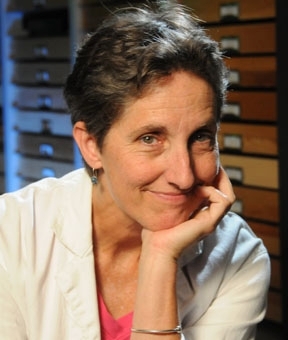
There's a donate button on its website. All gifts are tax-deductible.
The Bohart Museum, home of nearly eight million insect specimens from around the world, also has a year-around gift shop (think t-shirts, posters, books, jewelry and insect-collecting equipment) and a live "petting zoo," consisting of about 200 critters, ranging from Madagascar hissing cockroaches to tarantulas to walking sticks.
Directed by Lynn Kimsey, professor of entomology at UC Davis, the museum is located in Room 1124 of the Academic Surge building. Admission is free. It's open to the public Monday through Thursday, except on holidays. (See calenar on the home page)
A little information about the Bohart Museum, per Lynn Kimsey:
- We connect with nearly 15,000 visitors, both at the museum, in classrooms and through public events
- We identify more than 1000 unknown insects each year, guiding consumers to appropriate and cost-effective control strategies when needed.
- Helping people understand insects and spiders is one of the things we do best
State budget cuts "have a deep impact on the UC system, including the Bohart Museum," Kimsey points out. Here are examples of what donations from $20 to $1000 can mean:
- $20 donation: A teacher can borrow "Oh, My" boxes (educational specimen displays) and live animals to enhance their lesson plans
- $100 donation: New traveling exhibit boxes can be developed to meet the educational needs of teachers
- $200 donation: Bohart educators can visit a school and work with multiple classes to teach them about insects in an engaging hands-on manner
- $1000 donation: This supports an undergraduate student working in the museum for one quarter. With tuition and fees increasing, students need paying jobs. Working in the museum alongside scientists, and learning about insects can be a life-changing experience.
Through donations, the Bohart can better serve the community "and you (donor) may even inspire a new bug lover!" Kimsey says. Folks can also join the Bohart Museum Society; membership has its privileges. In addition, newly discovered insects can be named for a loved one. For more information and details, contact (530) 752-0493 or bmuseum@ucdavis.edu.
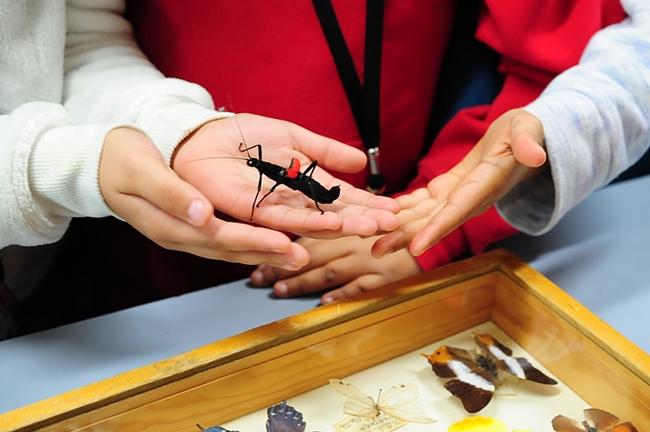
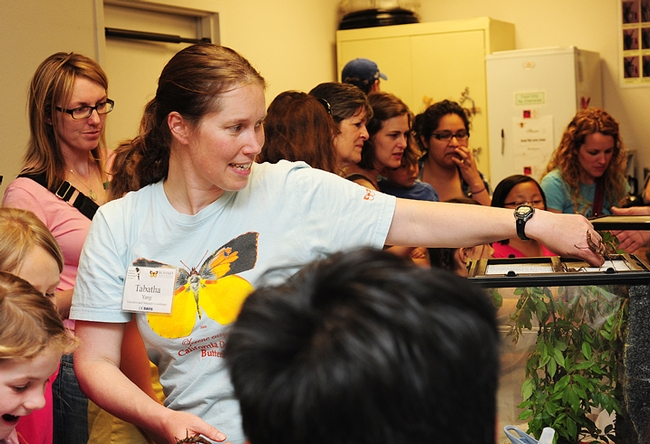
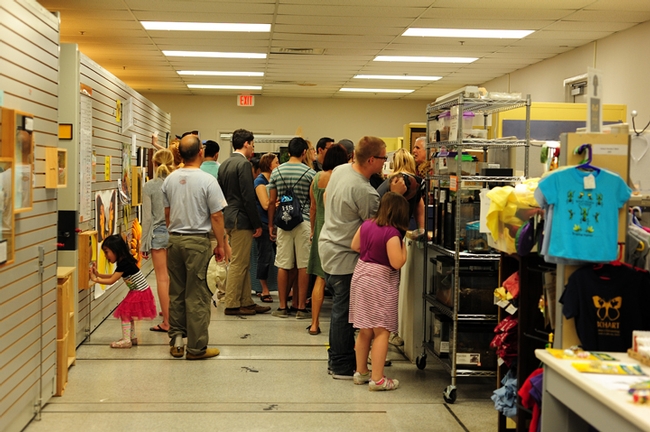
- Author: Kathy Keatley Garvey
I'm standing in line at the photo center, waiting to pay for the dozen 8x10 photos of noted entomologist Richard Bohart that I'd ordered for his UC Davis memorial.
“Doc,” as he was called, died Feb. 1, 2007 in Berkeley at age 93 after a career spanning 70 years--33 at UC Davis.
He was a giant of a man. He towered over his fellow linebackers on the UC Berkeley football team in the mid-1930s, and he towered over his entomology colleagues.
During his career, Doc identified more than a million mosquitoes and wasps, named more than 300 new species of insects, authored 230 separate publications and wrote six books on mosquitoes and wasps, including three editions of Mosquitoes of California. An entire family of insects bears his name: Bohartillidae (twisted wing parasites), genus Bohartilla.
Doc founded the Bohart Museum of Entomology in 1946, the same year he joined the UC Davis faculty. Today the museum, a tribute to much of his lifelong work, houses more than 7 million specimens.
So, here I am, standing in line, thinking of his accomplishments and the passion that drove him and the insects that possessed him.
The photo center line shortens and it's my turn. I pay for the photos. “Thanks!" I say. "Nice job! These are of the life of Dr. Bohart, a world-renowned entomologist.”
The clerk, probably in her 30s, looks at me, puzzled. “What,” she asks, “is en-to-mol-ogy?”
She quickly apologizes, saying she ought to know that.
“Study of insects,” I say.
Her question is not unusual. Many folks have no idea what entomology is, which is probably why it should be called “insect science.”
Nancy Dullum, administrative assistant in the UC Davis Department of Entomology, says she's often asked what entomology means and how it's spelled. A UC Davis employee since 1977 (25 years in entomology, including 13 years with the UC Mosquito Research Program, and five years in the dean's office in the College of Agricultural and Environmental Sciences), she's even opened mail addressed to “Department of Antomology.”
Antomology! Now that's creative!
I think “Doc” would have liked that.
